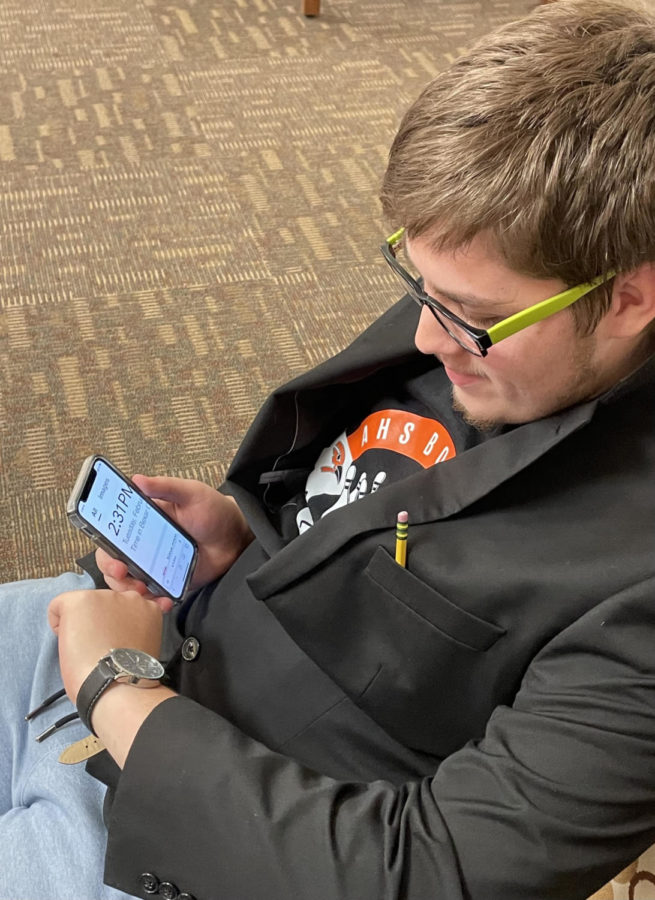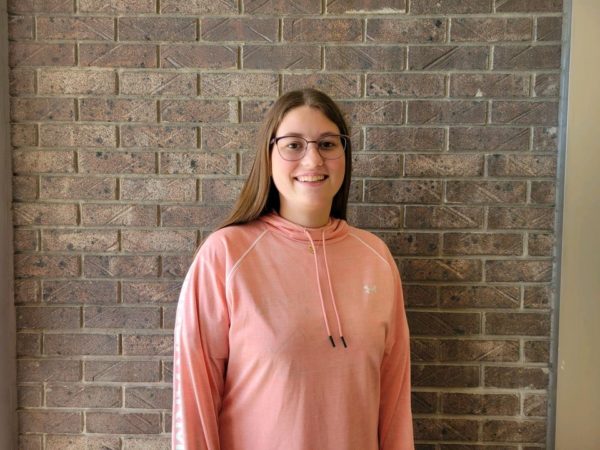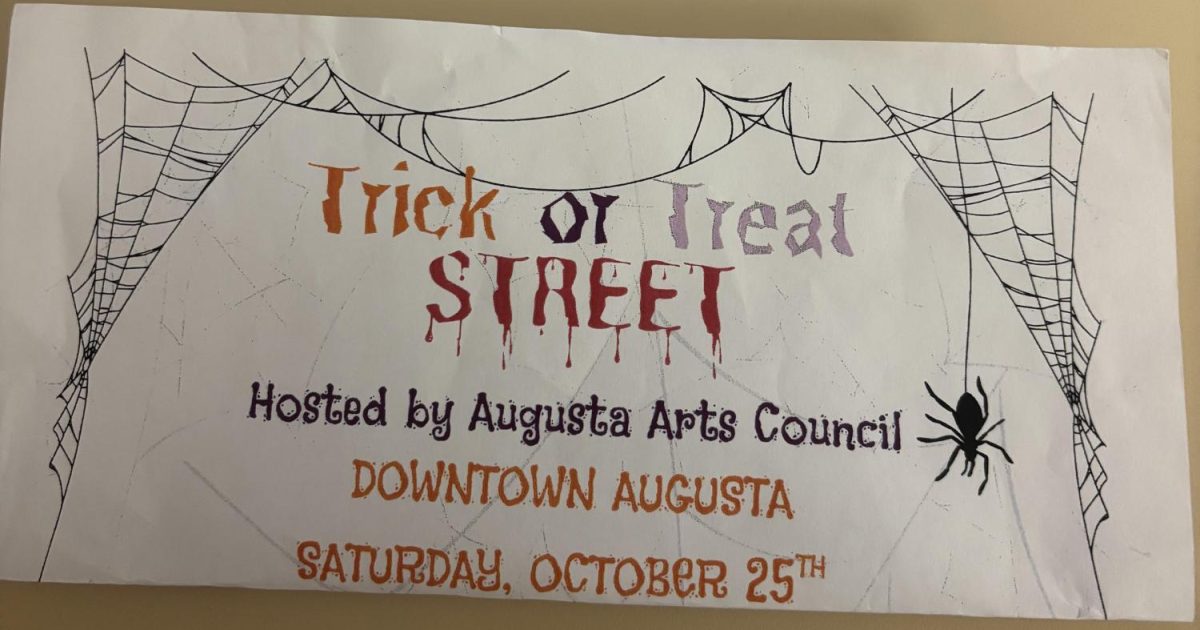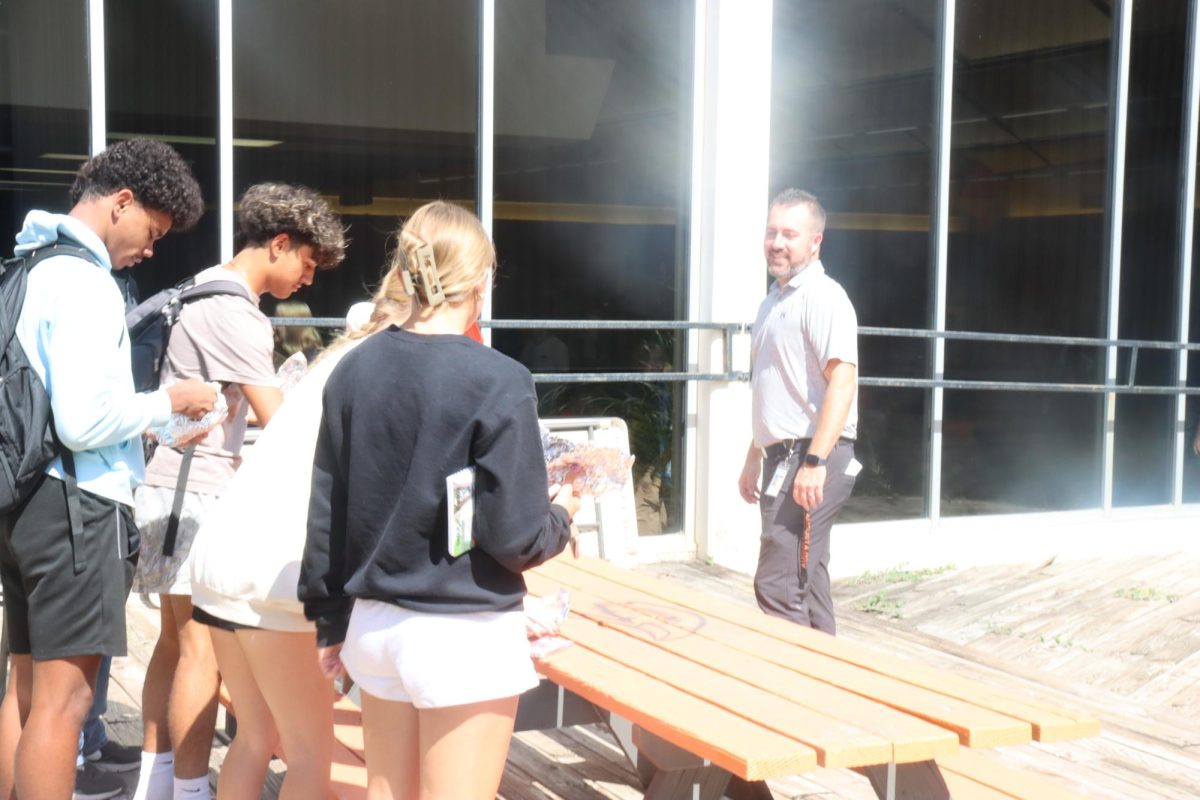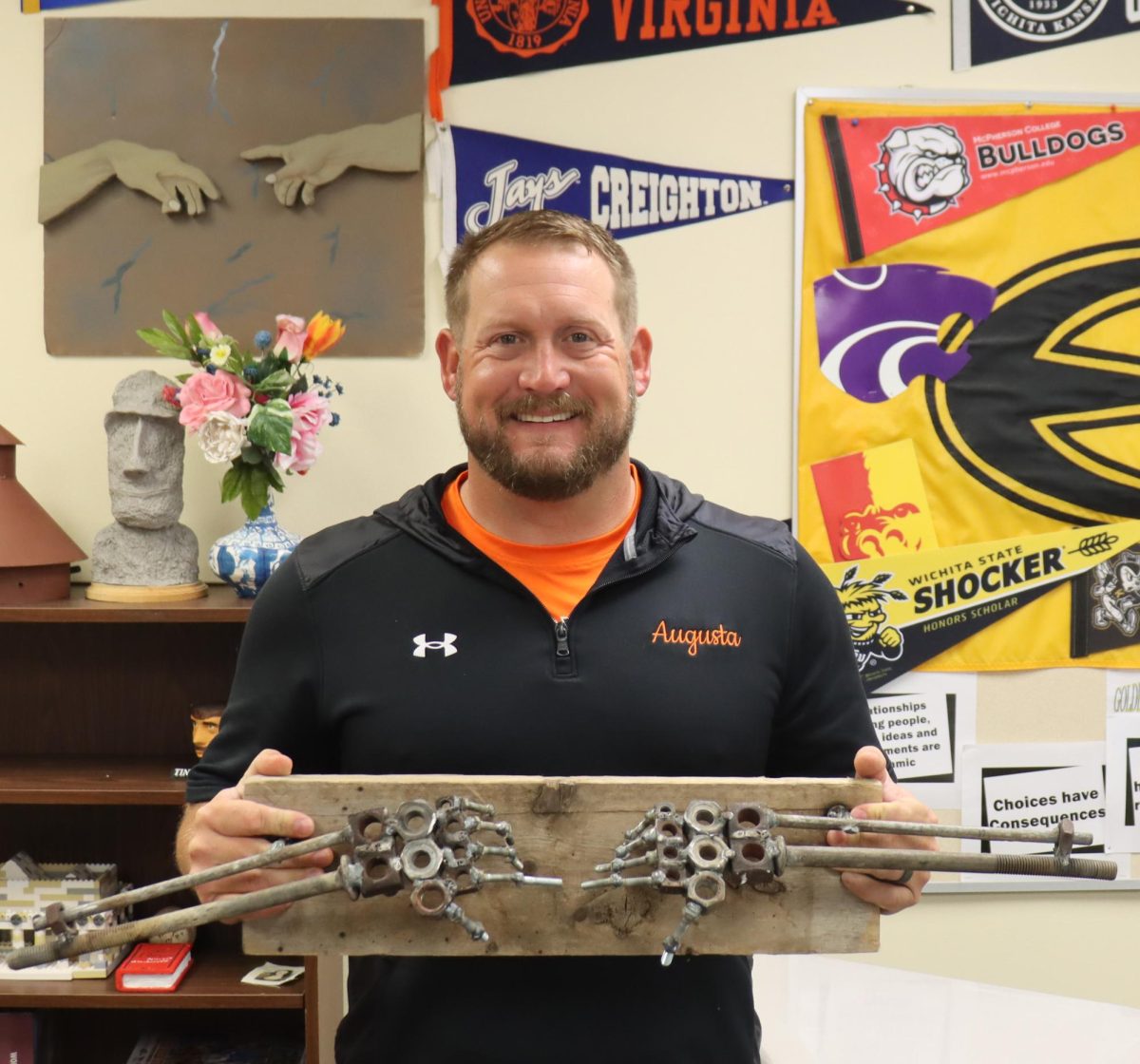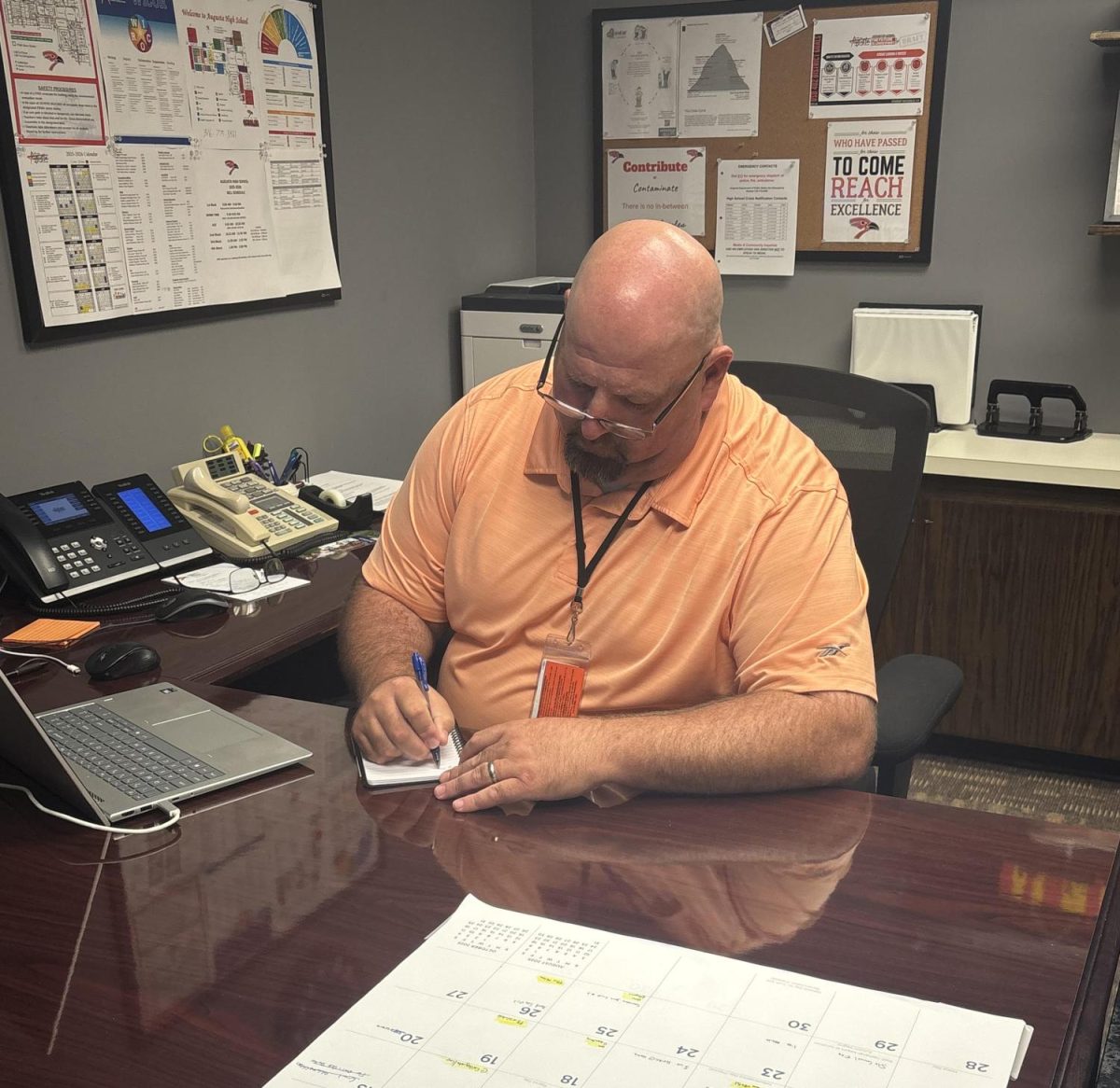The hands on the clock point to the nine and halfway between the 11 and 12 as a student asks how much time is left in class. Only a couple students and teacher could read the clock and answer the question. This scenario happens in classrooms with analog clocks because students are more able to read digital clocks.
Junior Ace Helms prefers an analog clock because that is what he is comfortable with.
“Digital works faster, but I prefer analog clocks because I can read them,” Helms said.
Senior Jacob Humphrey likes analog clocks because it makes him think.
“Analog makes you use your mind, and you actually see what is,” Humphrey said.
As Humphrey said he likes analog clocks, sophomore Kylee Stueven likes digital clocks.
“I prefer digital because you don’t have to think about it and you don’t have to count all of the numbers,” Stueven said.
Junior Elijah Foy likes digital clocks for a different reason.
“I prefer digital because it is easier to read, and it is more effective even though I wear an analog [watch] because it goes with my outfit,” Foy said.
Freshman Laura Seeney does not have a preference between analog and digital clocks.
“It’s just one has numbers, and the other one just shows it to you,” Seeney said.
Stueven, Helms and Foy learned how to read analog clocks as elementary students.
Foy learned how to read analog clocks while he was in first grade.
“I don’t think analog is hard to read, it just takes more time,” Foy said.
In elementary school, freshman Kaylee Stubby struggled with learning to read analog clocks.
“I should have learned when I was younger and actually paid attention,” Stubby said.



